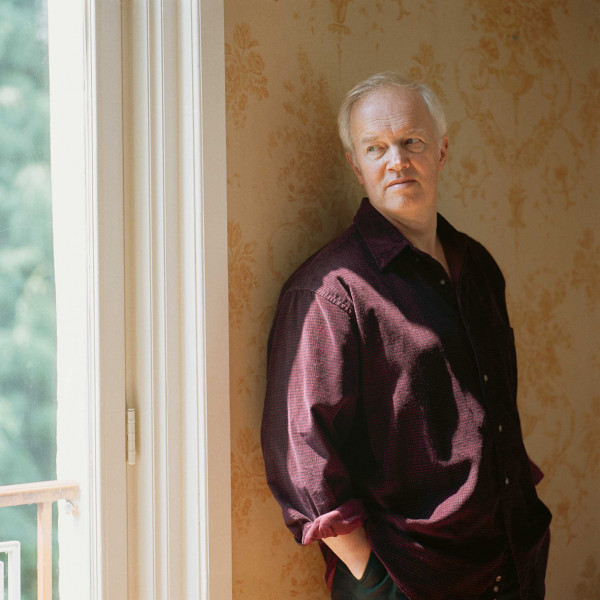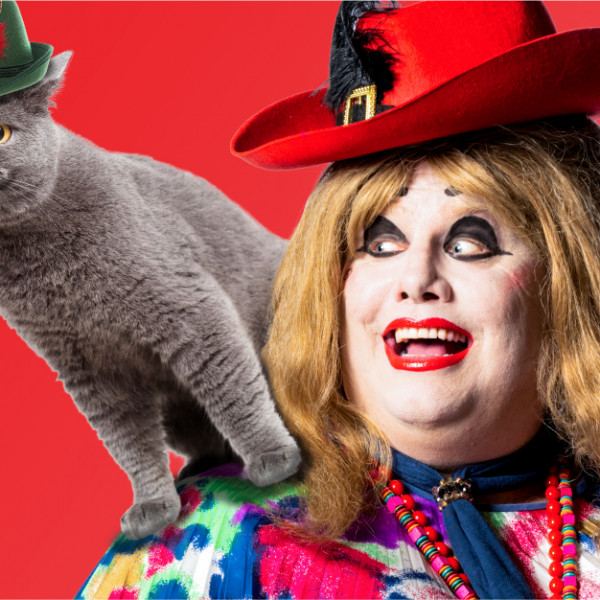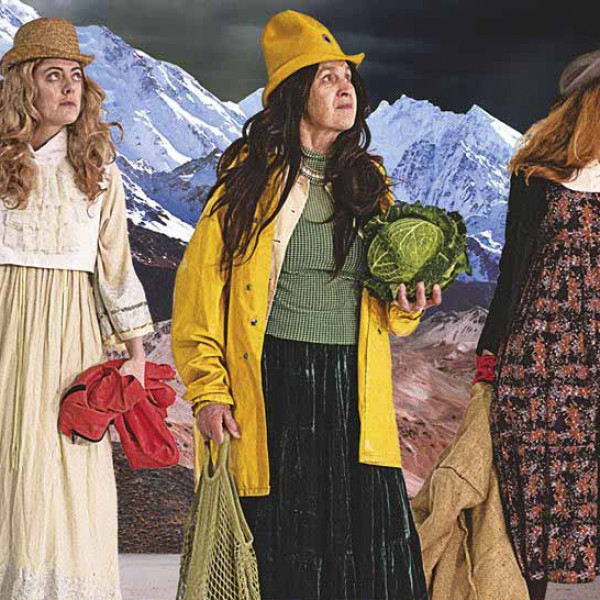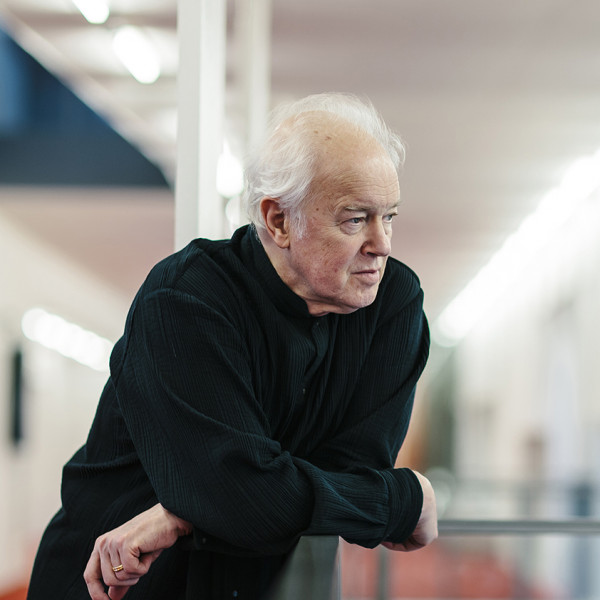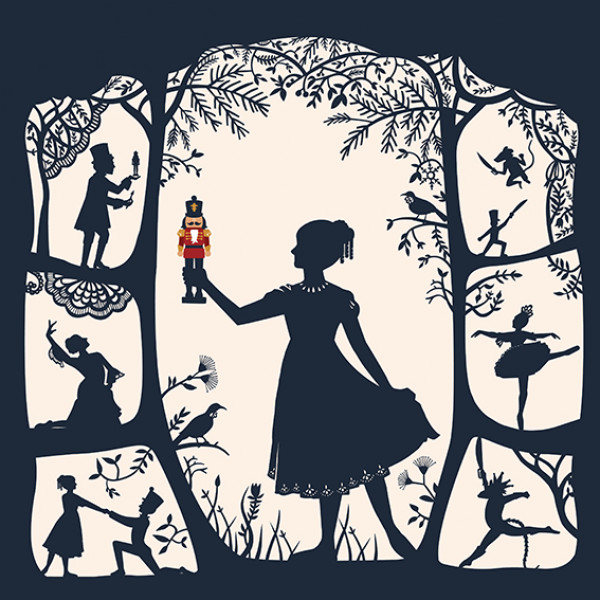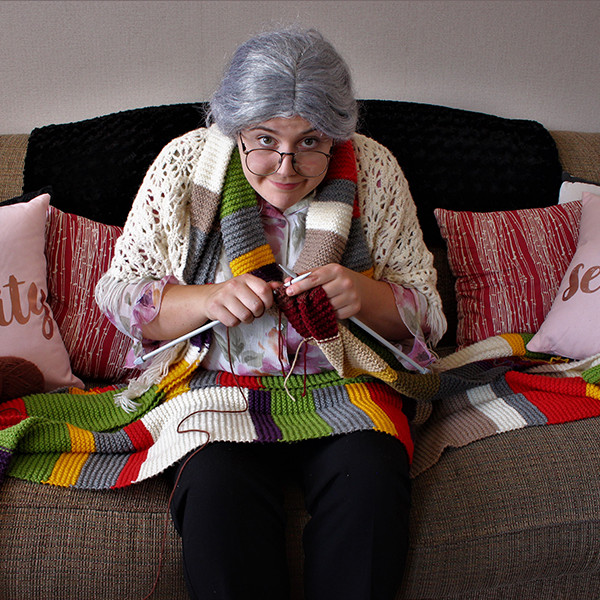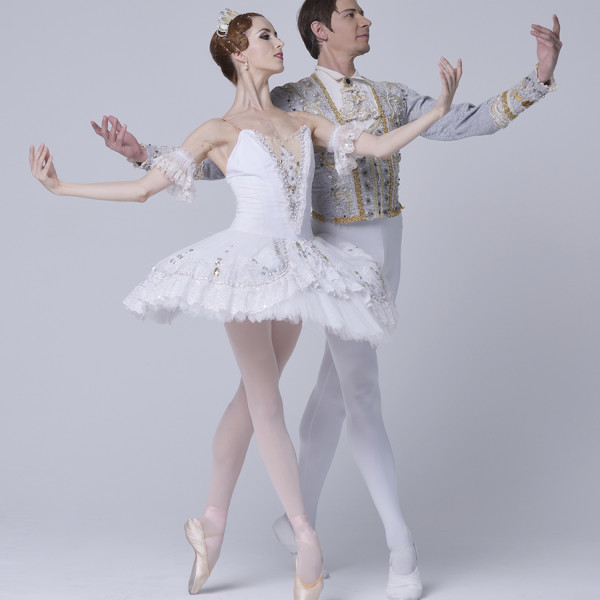
A Russian Triple Bill
Presented by: The Imperial Russian Ballet Company
Opera House, 1st Dec 2018
Reviewed by: Leah Maclean
Every year The Imperial Russian Ballet Company return to New Zealand and complete an extensive national tour of some of the most beloved ballets. This year's line-up was a triple bill featuring Sleeping Beauty, Carmen, and Les Sylphides.
The evening opened with Sleeping Beauty and the marriage between Princess Aurora and Prince Désiré. The stage was alight with colour and vibrant fairy-tale characters presenting refined balletic form. Nariman Bekzhanov as Prince Désiré performed well and with ease, while Puss in Boots and the White Cat delighted the audience with their spirited pas de deux. Though one cannot fault the technique and dedication the dancers possess, it was hard to ignore the missteps, the somewhat plain choreography, and the ingenuity of the overextended smiles and melodramatic gestures.
There was a change in the order of the programme and Carmen marked the second act, lifting the standards of the evening slightly. Anna Pashakova performed the role of the tempestuous Carmen with graceful defiance and bold seduction, her pointe work and timing remarkable. The drama of the piece was heightened by the presence of a chorus of bandits who sat forebodingly in a semi-circle, stiffly poised and ready to crusade, while Carmen's suitors, Don José and the Toreador, danced in fierce competition and with intense determination.
The final act was an excerpt of Les Sylphides, a work with no narrative but a beautiful aesthetic. Set to the musical score of Chopin, Les Sylphides is a romantic and dreamy corps de ballet, performed by female dancers with elegant integrity and unfaltering discipline. Adorned in flowing white tutus and with beautiful extensions and delicate hand movements, the dancers created a vivid picture of serenity and grace. Bekzhanov, as the wandering poet, is enchanted by the Sylphs but serves no other real purpose – this piece is all about the women in the company and is a delight to watch.
A Russian Triple Bill had its moments and plenty enjoyed it, but it was by no means ground-breaking ballet.




